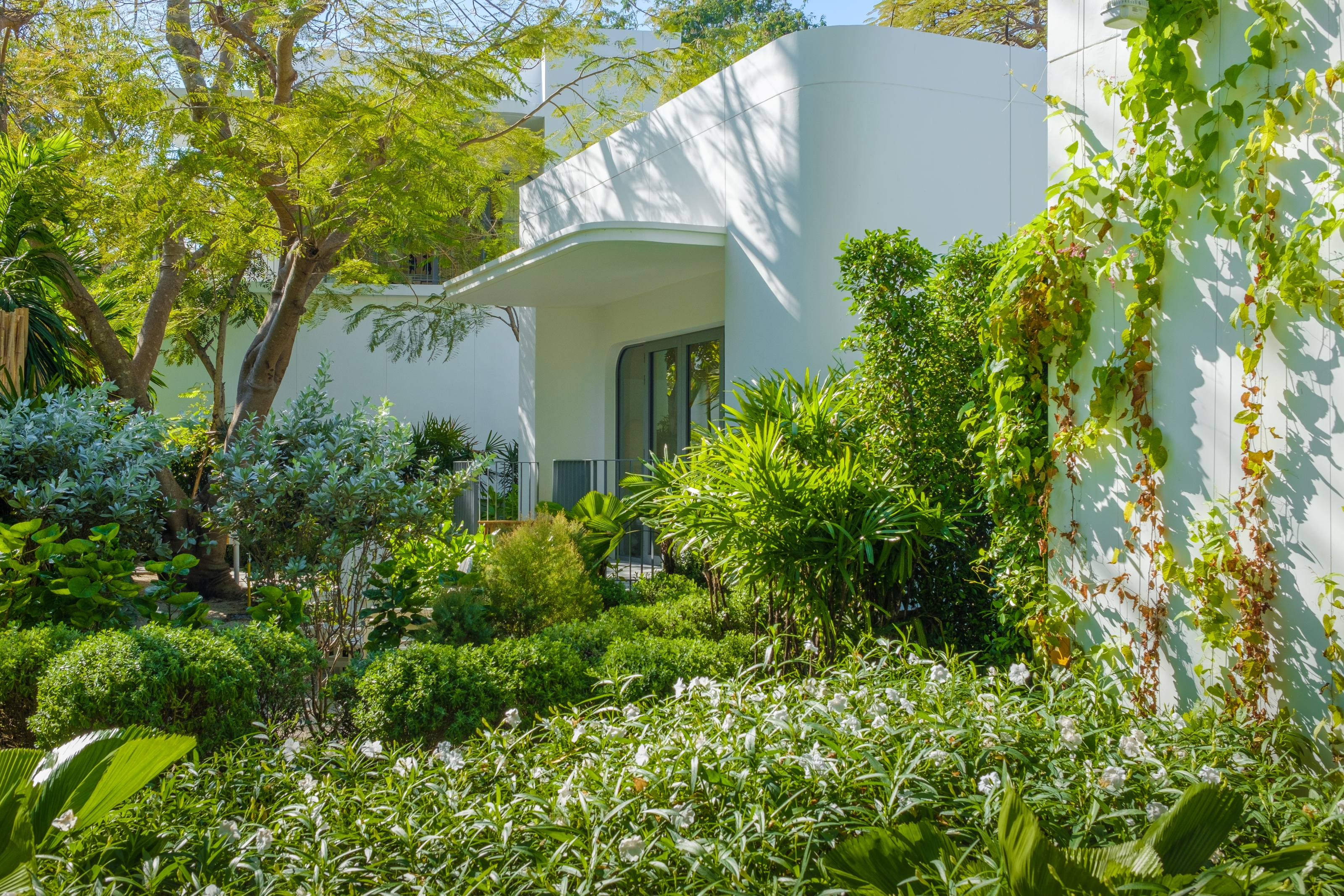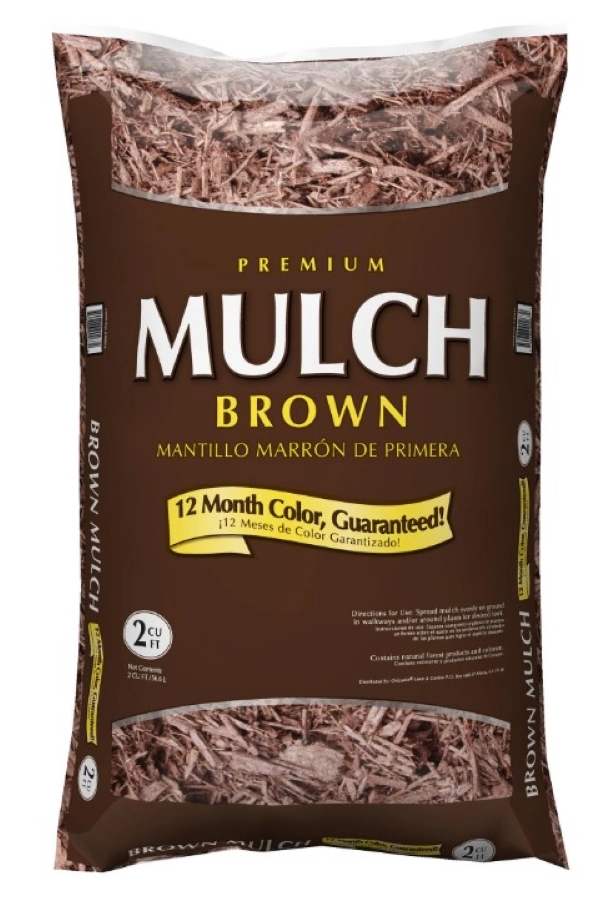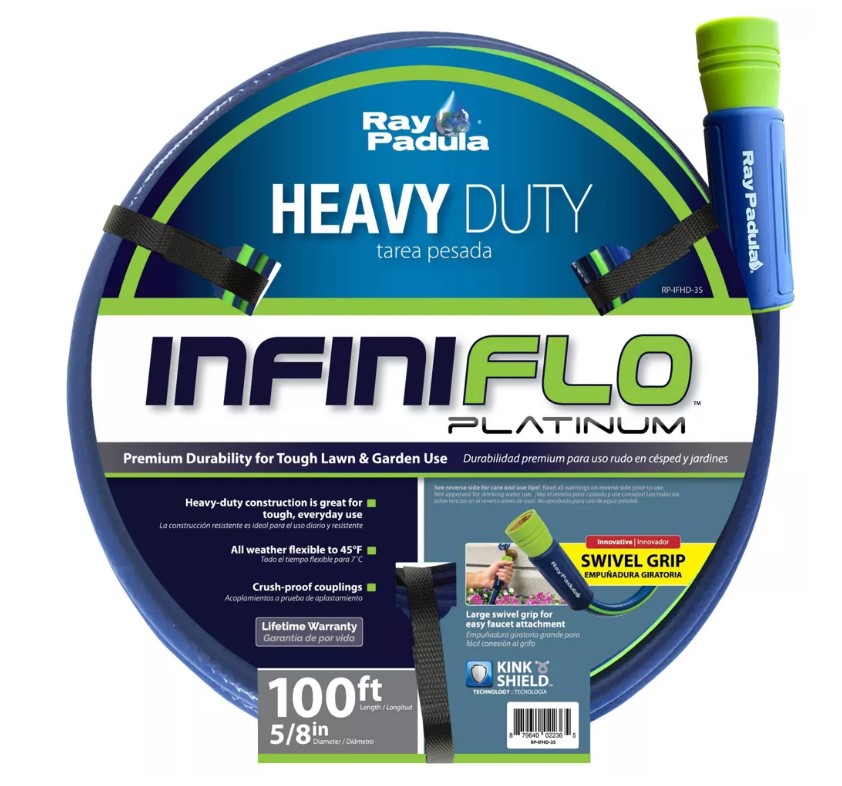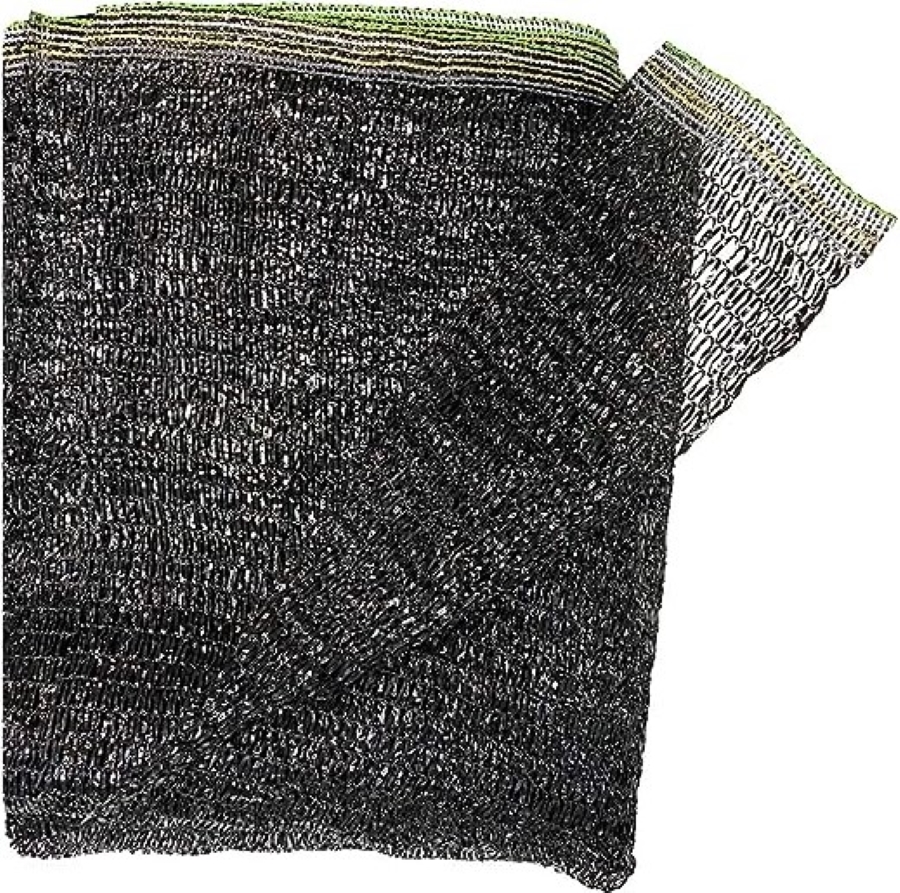How to rescue your backyard after a heatwave – expert tips for a garden that's suffered from extreme heat
We ask gardening experts: what can we do to save our backyards after a heatwave?


As the heatwave continues across lots of the US, it's hard to ignore the damage its wreaking on those yards that aren't used to such extreme hear. Just as you want to spend more time enjoying the outdoors, it might just be that your backyard has never looked worse.
Brown grass is the least of your worries, at the same time flowers are wilting and vegetables are shrivelling. It seems all your hard work during spring and winter crafting a beautiful modern garden has gone to waste. If your yard is in need of some emergency care, listen up. There are certain dos and don'ts when it comes to rescuing your garden after a heatwave. Experts have revealed their top tips for getting your greenery back to health after being stripped by the heat.
Once it has cooled down get your green thumbs on and get to work. In no time your backyard will be as good as new and you can get back to enjoying it.
1. Prevention
If you are reading this smugly, thinking you haven't yet been struck by extreme heat, stop right there. The key to gardening during the summer is prevention. Whether you have a dry garden or not, there are some extra things you should do to prevent your backyard from suffering the heat.
'It is important to remember, the best defense against heat stress is a good offense,' says expert gardener Gene Caballero from Your Green Pal. 'Healthy, well-cared-for plants are more likely to survive and recover from extreme heat.
Prevention is key, and there are a few things you can do to help. 'To prevent heatwave damage, ensure your plants are well-hydrated before the heatwave hits,' says professional gardener Zahid Adnan. 'Mulching the soil helps to retain moisture and avoiding direct sunlight exposure on delicate plants.'
If you follow your general routine with a little more focus on hydration your yard should weather the storm just fine as they will be strong enough to resist the heat stress.
2. Rehydration
After a day of extreme heat, the first thing you should do is rehydrate your garden. Watering is the most important job over the summer months and during a heatwave, it is especially important to replenish the water that has been lost through evaporation.
'After an exceptionally hot day, the soil in your garden may have dried out, and your plants will be thirsty,' says gardening professional Chris Grayson. 'It's essential to water your garden deeply in the evening when temperatures have cooled down. This allows the water to penetrate the soil and reach the plant's root zone, where it's needed most.'
Make sure to follow along with general guidelines on when is the best time to water plants, as this will help to ensure your garden is getting the best treatment. The key to a naturally healthy lawn is also in prevention so be sure not to neglect this either.
3. Shade
Particularly delicate plants will be suffering the most in this weather so it is useful to give them some rest bite when you can. Every plant has different requirements, some are notoriously drought tolerant and are ideal for a low maintenance garden, such as succulents. However, others prefer cooler conditions, when dealing with periods of extreme heat it is important to try and facilitate this as much as possible.
'Extreme heat can be especially harmful to plants that prefer cooler conditions,' says Chris. There are many plants that thrive in shady gardens, that will be damaged in direct sunlight. 'To protect delicate plants from further damage, create temporary shade using umbrellas, cloth covers, or shade cloths. This will help reduce the direct sunlight and provide relief to the plants,' he suggests.
Temporary shade cloths and coverings are a good idea to protect young plants during particularly hot spells and can easily be put on and removed quickly.
4. Prune
Once the heatwave has passed and you finally venture back out to gardening duties inspect your yard for signs of heat damage. Remember the 3-hour gardening rule whilst you do it!
'Look for signs of heat stress, such as wilting, sun scorch, or brown and crispy leaves,' says Gene. 'Some damage is normal and plants will often recover, but excessive damage may require you to prune affected areas.'
If it has been an extended period you may notice more damage than usual and it is important to remove this to speed up the recovering time. 'Prune damaged foliage and flowers to encourage new growth and help the recovery of the plant,' says Zahid. Snip off any dead or damaged leaves, this reduces stress and allows the plant to focus the little energy it has on new growth.
What to avoid doing
As much as there are things to help rescue your yard after a heatwave, there are certain things you definitely shouldn't do. Some of them you may think are helpful, but are actually doing more harm than good.
Whilst you might think your plants need extra nutrients, fertilizing should be avoided during and after extreme heat. 'Fertilizing can be stressful for plants, especially when they are already dealing with extreme heat conditions,' explains Chris. 'It's best to postpone any major pruning or fertilization until temperatures have cooled down and your plants have had a chance to recover.'
Avoid over-watering your plants. Yes, we just told you hydration is key, but too much water can cause serious damage. 'While it's important to ensure your plants get enough water, too much can drown the roots, leading to root rot. Overwatering can also leach away important nutrients from the soil,' Gene explains.
'Don't water in the middle of the day as this can cause water to evaporate before it reaches the roots. Also, water droplets on leaves can act like magnifying glasses, potentially causing leaf burn,' he says.
If you avoid the general summer gardening mistakes and keep on top of hydration and shade, your plants will be back to full health before you know it.
Be The First To Know
The Livingetc newsletters are your inside source for what’s shaping interiors now - and what’s next. Discover trend forecasts, smart style ideas, and curated shopping inspiration that brings design to life. Subscribe today and stay ahead of the curve.

Formerly a news writer for Livingetc, Amy completed an MA in Magazine Journalism at City, University of London, and has experience writing for Women’s lifestyle publications across arts, culture, and beauty. She has a particular love for the minimalist aesthetic mixed with mid-century furniture, especially combining unique vintage finds with more modern pieces. Her previous work in luxury jewellery has given her a keen eye for beautiful things and clever design, that plays into her love of interiors. As a result, Amy will often be heard justifying homeware purchases as 'an investment', wise words to live by.
-
 The 'New British' Style? This Victorian London Home Embraces Its Owners' Global Background
The 'New British' Style? This Victorian London Home Embraces Its Owners' Global BackgroundWarm timber details, confident color pops, and an uninterrupted connection to the garden are the hallmarks of this relaxed yet design-forward family home
By Emma J Page
-
 Muji Living Room Ideas — 5 Ways to Harness The Calming Qualities of This Japanese Design Style
Muji Living Room Ideas — 5 Ways to Harness The Calming Qualities of This Japanese Design StyleInspired by Japanese "zen" principles, Muji living rooms are all about cultivating a calming, tranquil space that nourishes the soul
By Lilith Hudson


